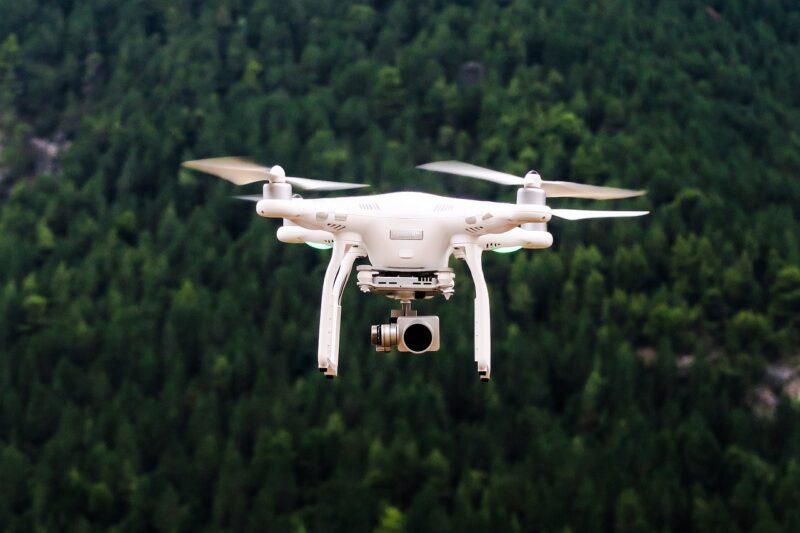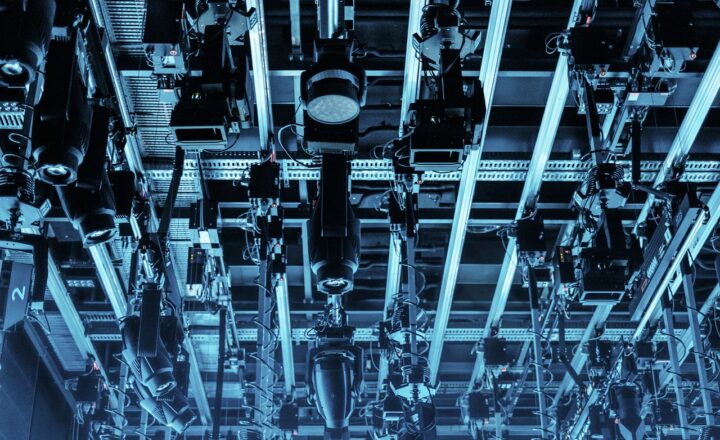How Drones Are Changing the Future of Air Travel and Delivery Services
November 14, 2024

Drones, once a technological novelty limited to enthusiasts and hobbyists, have rapidly become one of the most influential advancements across various industries. The realm of air travel and delivery services stands on the brink of transformation, as drones promise to offer innovative solutions to age-old challenges. In this article, we explore the ways drones are poised to revolutionize not just how we view air travel, but also logistics and delivery services in the near future.
1. Understanding the Basics of Drones
Drones, or unmanned aerial vehicles (UAVs), operate without a human pilot onboard. They are usually controlled remotely or can fly autonomously based on pre-programmed flight plans. Drones come in various shapes and sizes which makes them suitable for different applications — from aerial photography to package delivery.
The technology behind drones has advanced significantly over recent years, driven by enhancements in battery life, navigation, and obstacle avoidance systems. As they continue to improve, their potential use in air travel and delivery becomes increasingly promising.
2. The Impact of Drones on Air Travel
Drones are being integrated into the realm of commercial aviation in several innovative ways:
- Aerial Surveillance and Monitoring: Airports are utilizing drones for real-time surveillance and monitoring of airspace, runways, and freight to ensure safety and optimize operations. Drones equipped with high-resolution cameras can assist in the detection of runway debris and other hazards that may impact aircraft operations.
- Routine Maintenance Checks: Drones can significantly reduce downtime for aircraft by performing routine inspections of planes on the tarmac. This not only enhances safety but also saves costs associated with maintenance checks, which can take considerable time when performed manually.
- Traffic Management: With the growing number of drones in the sky, air traffic management systems can incorporate drones to ensure safe and efficient air traffic. By using drones for traffic management, congestion in busy airspace can be alleviated, allowing for better use of existing airport infrastructure.
Drones are making air travel not just easier but potentially safer and more efficient.
3. Revolutionizing Delivery Services
The delivery landscape is undergoing a seismic shift thanks to drone technology. Companies around the globe are experimenting with drone delivery systems that promise to change how goods are transported.
- Faster Deliveries: Drones have the ability to bypass ground traffic, which often delays package deliveries. They can deliver items in a fraction of the time compared to traditional methods, ensuring faster service for customers. Companies like Amazon are already testing commercial drone delivery systems capable of delivering packages within 30 minutes of ordering in certain locations.
- Reaching Remote Areas: Drones can deliver essential supplies to hard-to-reach or remote locations where traditional delivery services may struggle, such as mountainous regions or small islands. This capability is especially crucial in humanitarian efforts where time-sensitive deliveries are often required.
- Reducing Costs: Utilizing drones for deliveries can significantly reduce costs associated with labor, fuel, and vehicle maintenance. Businesses can pass on these savings to customers or reinvest in their operations to enhance efficiency.
Drones are positioning themselves as a game-changer in the logistics and delivery landscape, carving out paths for new opportunities.
4. Challenges and Regulations
Despite the considerable promise drones hold for air travel and delivery services, there are challenges that must be addressed:
- Regulatory Hurdles: The aviation industry is heavily regulated, and integrating drones into existing frameworks poses significant challenges. Agencies such as the Federal Aviation Administration (FAA) are still working on comprehensive regulations to ensure safe drone operations without compromising manned aircraft safety.
- Public Safety and Privacy Concerns: Drone flights near populated areas raise concerns about public safety, potential accidents, and privacy breaches caused by aerial surveillance. Balancing technological innovation with community safety and privacy rights must be a priority for developers and regulators alike.
- Technological Limitations: Current drones have limitations on range, payload capacity, and power supply that need to be improved for widespread adoption in air travel and delivery. Advances in battery technology and drone design will be crucial for overcoming these barriers.
5. The Future of Drones in Air Travel and Delivery
Looking to the future, the path of drones in air travel and delivery appears promising.
- Urban Air Mobility (UAM): With advancements in drone technology, cities around the world are beginning to explore the concept of Urban Air Mobility. This paradigm shift envisions drones and flying taxis operating in urban environments, allowing for quick transportation over traffic congestion, ultimately leading to smarter cities with improved mobility solutions.
- Integration with Advanced Technologies: Drones are expected to integrate with AI, IoT (Internet of Things), and 5G connectivity. This will not only enhance their operational capabilities but also ensure seamless communication and coordination between drones and other aerial vehicles in shared airspace.
- Growth of E-commerce: With the ongoing growth of e-commerce, the demand for rapid delivery services is expected to rise. Drones will play a pivotal role in ensuring customer satisfaction through timely and efficient deliveries, meeting the expectations of the ‘instant gratification’ culture prevalent today.
As technological advancements continue and regulations evolve, drones are set to become integral to the future of air travel and logistics.
Conclusion
Drones are revolutionizing the way we think about air travel and delivery services. Their ability to enhance efficiencies, reduce costs, and provide solutions to longstanding logistical challenges position them as a key player in the future transportation ecosystem. While many challenges remain, the potential for drones to redefine air travel and delivery services cannot be overlooked. As we embrace this technological evolution, the skies may soon be buzzing with the sound of drones fulfilling our transportation needs.





